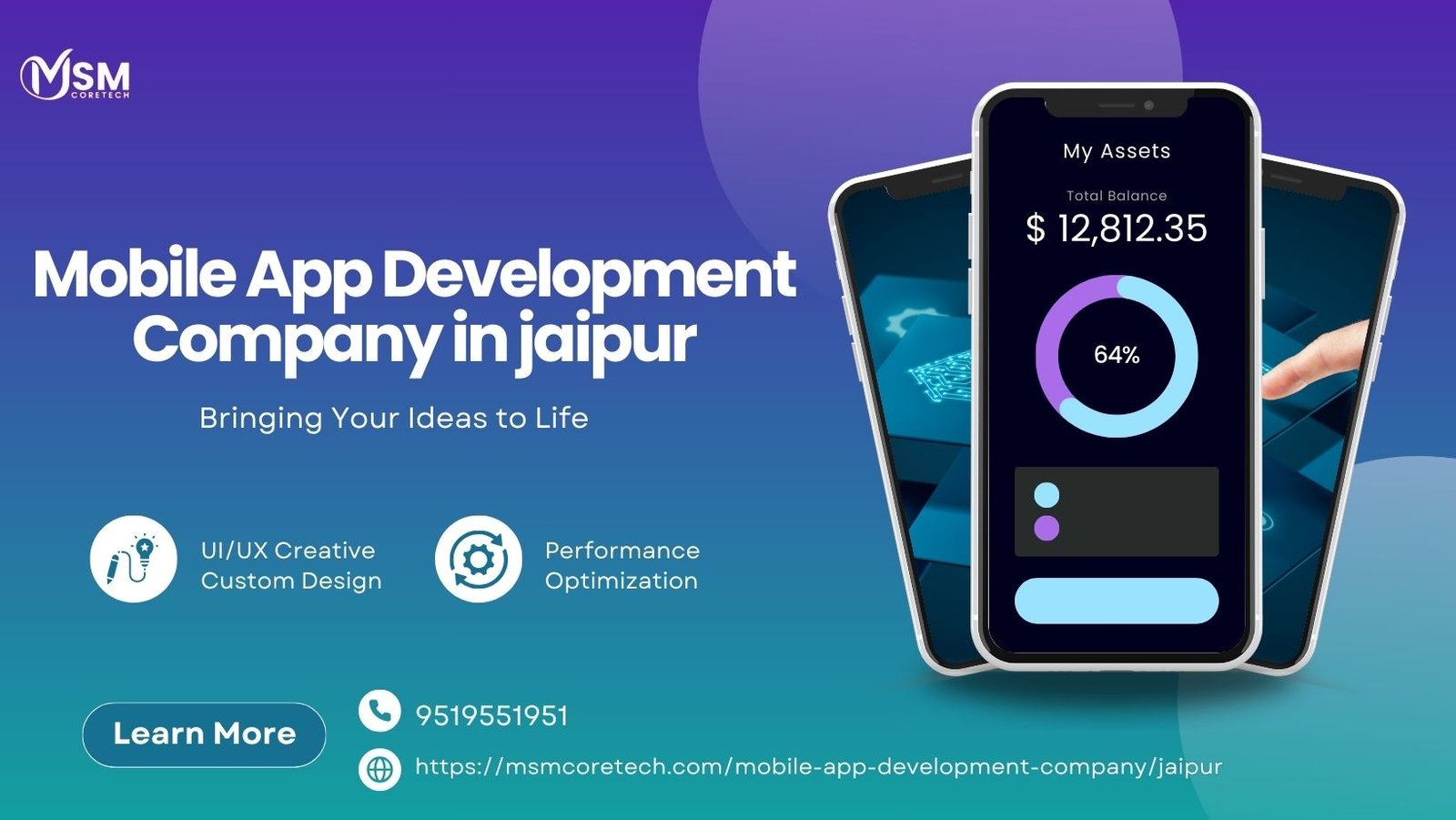The ride-sharing industry has grown rapidly, becoming an essential part of urban transportation worldwide. However, with increased competition, user engagement has become a key differentiator. Ensuring your users remain active and satisfied is crucial to staying ahead. Below, we explore easy and effective strategies to boost user engagement in ride-sharing app.
1. Optimize the Onboarding Process
A seamless onboarding process sets the tone for user engagement. Complicated sign-up forms or unclear navigation can deter users from fully utilizing the app. Here’s how to optimize onboarding:
- Simplify Account Setup: Allow users to sign up with their email, phone number, or social media accounts.
- Provide Step-by-Step Guidance: Use interactive tutorials to showcase essential features, such as booking a ride or tracking the driver.
- Enable Guest Access: Let users explore the app as a guest to understand its functionality before committing to an account.
By making the onboarding process intuitive, users are more likely to stay engaged.
2. Leverage Gamification Techniques
Gamification can transform mundane tasks into enjoyable experiences. Incorporating elements like rewards and challenges motivate users to interact with the app regularly. Examples include:
- Reward Points: Offer points for frequent rides, referrals, or app reviews, which users can redeem for discounts.
- Leaderboards: Create friendly competition by displaying users’ rankings based on completed rides or referrals.
- Streak Bonuses: Encourage daily or weekly app use with streak rewards.
Gamification not only boosts user engagement but also fosters loyalty.
3. Focus on Personalization
Personalized experiences make users feel valued and understood. A ride-sharing app can implement personalization through:
- Tailored Recommendations: Suggest routes or services based on users’ previous rides.
- Custom Notifications: Send updates about promotions or discounts based on user preferences and location.
- Preferred Driver Matching: Allow users to save and request drivers they’ve rated highly in the past.
Personalization enhances the user experience, making the app more appealing.
4. Improve the User Interface (UI) and User Experience (UX)
An intuitive and visually appealing app design significantly impacts user engagement. Focus on:
- Simplified Navigation: Ensure users can access core features like ride booking and driver tracking with minimal effort.
- Quick Loading Time: Optimize the app to load quickly, even in low-network conditions.
- Clear Call-to-Actions: Use noticeable buttons and prompts for actions like “Book a Ride” or “Contact Driver.”
A polished UI/UX encourages users to interact with the app frequently.
5. Offer Robust Customer Support
Responsive and accessible customer support builds trust and keeps users engaged. Consider implementing:
- In-App Chat Support: Provide real-time assistance for booking issues or payment disputes.
- Comprehensive FAQs: Address common concerns such as cancellation policies or refund procedures.
- Multi-Language Support: Cater to users from diverse regions by supporting multiple languages.
By ensuring users feel supported, they’re more likely to remain loyal to the app.
6. Introduce Referral and Loyalty Programs
Referral and loyalty programs are effective in acquiring new users and retaining existing ones. Strategies include:
- Referral Bonuses: Reward users for inviting friends to join the app, benefiting both the referrer and the new user.
- Ride Milestone Rewards: Offer free rides or discounts when users complete a specific number of trips.
- Tiered Memberships: Introduce membership levels with exclusive perks like priority bookings or VIP customer support.
These programs incentivize users to stay active and recommend the app to others.
7. Integrate Real-Time Features
Real-time features enhance convenience and engagement by offering immediate value. Key examples include:
- Live Driver Tracking: Allow users to track their ride in real-time, providing peace of mind.
- Dynamic Pricing Updates: Inform users of fare changes due to demand, helping them make informed decisions.
- Instant Feedback: Enable users to rate and review their ride as soon as it’s completed.
Real-time features keep users connected to the app, fostering a sense of trust and reliability.
8. Prioritize Safety Features
Safety is a top priority for ride-sharing users. Implementing robust safety measures can significantly boost engagement. Some features include:
- Emergency SOS Button: Provide users with a quick way to contact emergency services.
- Driver Verification: Display driver details, including photo, name, and vehicle information, for transparency.
- Trip Sharing: Allow users to share their ride details with friends or family.
A reputation for safety attracts new users and keeps current ones engaged.
9. Provide Multiple Payment Options
Offering diverse and convenient payment methods enhances the user experience. Consider these options:
- Digital Wallets: Integrate popular wallets like PayPal, Apple Pay, or Google Pay.
- Cash Payments: Retain the option for users who prefer traditional methods.
- Subscription Plans: Introduce monthly or yearly plans for unlimited rides or discounted rates.
Flexible payment options ensure that users can transact seamlessly, improving overall satisfaction.
10. Engage Users with Push Notifications
Push notifications are a powerful tool for re-engaging inactive users and keeping active ones informed. Best practices include:
- Timely Updates: Notify users about ongoing discounts or app updates.
- Re-Engagement Messages: Send reminders to users who haven’t booked a ride recently.
- Customized Alerts: Provide location-based offers or traffic updates.
When used thoughtfully, push notifications drive users back to the app without being intrusive.
11. Collaborate with Local Businesses
Partnering with local businesses can create unique value for users. Examples include:
- Exclusive Discounts: Offer ride discounts to customers visiting partner stores or restaurants.
- Event Partnerships: Provide special deals for rides to local events, concerts, or festivals.
- Promotional Campaigns: Collaborate on joint marketing efforts, such as giveaways or social media contests.
These collaborations give users additional reasons to engage with your app.
12. Continuously Gather User Feedback
Understanding user needs and pain points is crucial for continuous improvement. Methods include:
- In-App Surveys: Periodically ask users for feedback on their experience.
- App Store Reviews: Monitor and respond to user reviews on app marketplaces.
- Focus Groups: Conduct discussions with a sample of users to explore their preferences in-depth.
Regular feedback ensures your app evolves in line with user expectations.
Conclusion
Boosting user engagement in ride-sharing apps requires a user-centric approach that combines intuitive design, personalized experiences, and value-driven features. By focusing on safety, gamification, and partnerships, you can foster loyalty and encourage frequent app usage. Remember, consistent innovation and attentiveness to user feedback are the keys to staying competitive in this dynamic industry.
FAQs
1. What is the best way to retain users in a ride-sharing app?
Retention strategies include offering loyalty programs, personalizing the user experience, and ensuring top-notch customer support. Consistently engaging users with rewards and seamless functionality helps build long-term relationships.
2. How can I make my ride-sharing app stand out?
Focus on unique features such as gamification, robust safety measures, and local business partnerships. Additionally, prioritize an intuitive user interface and personalized experiences to differentiate your app.
3. Why is user engagement important in ride-sharing apps?
User engagement is crucial for maintaining a loyal customer base, increasing app usage frequency, and attracting new users through positive reviews and referrals.
4. How can I encourage users to provide feedback?
Encourage feedback through in-app surveys, incentivized reviews, or by responding promptly to concerns raised in app stores or on social media. Showing users their feedback matters builds trust and loyalty.
5. What role does ride sharing app development play in user engagement?
The development process determines the app’s functionality, user interface, and features, all directly influencing engagement. Choosing the right team to develop taxi apps ensures the app meets user expectations and remains competitive.
















Leave a Reply